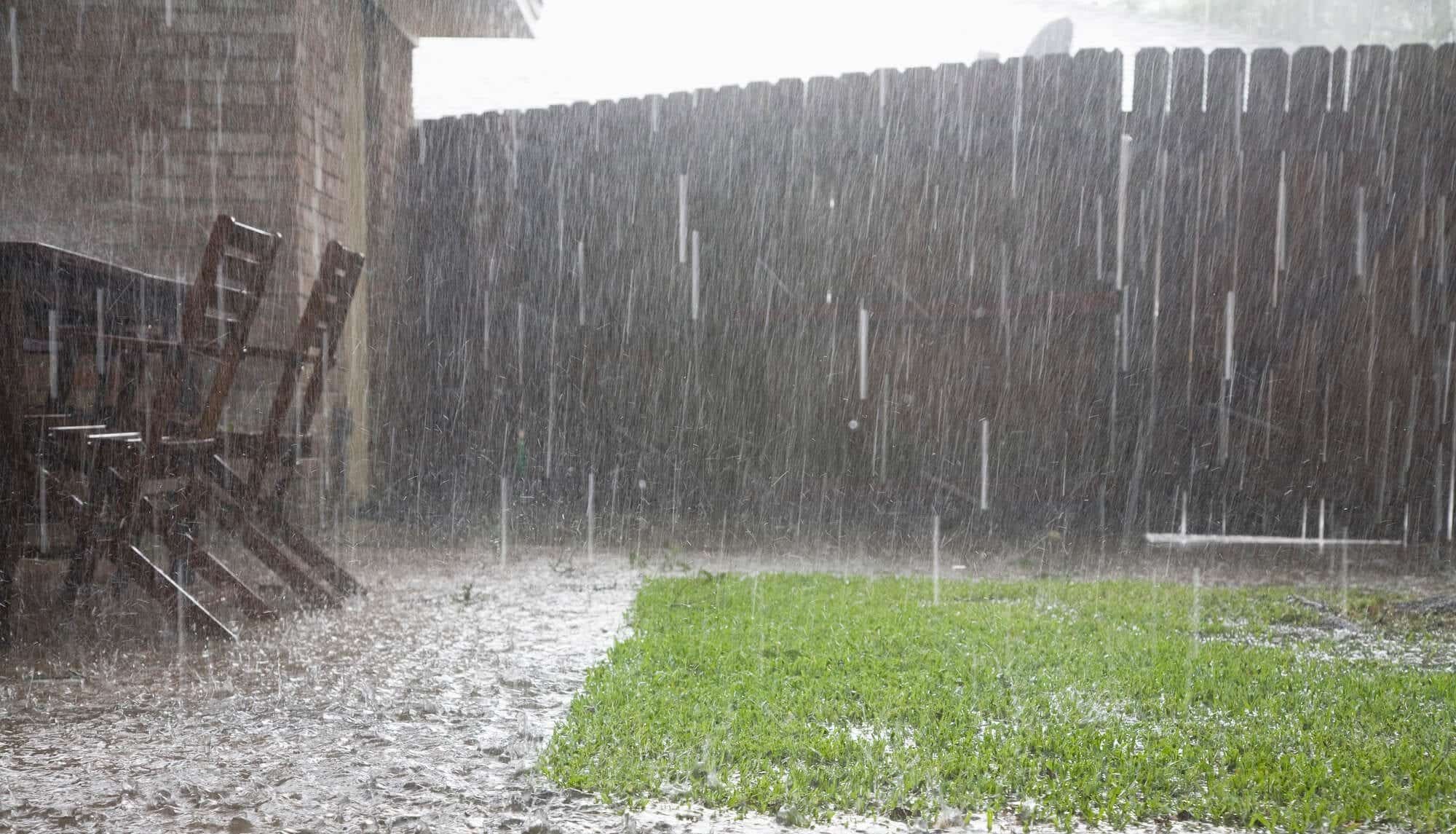Your fence is the first line of defense around your home and property. Fences help to keep out pests while keeping pets and potentially wandering children safely protected within their confines. Even when installing the most durable fencing products like vinyl or wrought iron fencing, there is still the chance of damage to the fence by weathering over time.
It’s important to keep an eye out for any weather damage to your fence as it can impact the structure’s stability. Wood fence products are more prone to damage from rain and moisture, while strong winds or significant temperature fluctuations can affect vinyl fencing.
Recognize the signs of weathering before the breakdown of your fence becomes unmanageable. Let’s take a look at how different weathering processes can damage the fence on your property.
Weathering That Could Damage Your Property’s Fence
When installing a new fence on your property, look for durable and easily maintained products like wrought iron or vinyl. Wood fences are much more susceptible to weathering and damage from exposure to the elements.
Inspect your fence regularly for damage caused by the following weather conditions.
1. Rain and Moisture
The presence of moisture can completely ruin the integrity of wooden fences. Rain and lingering moisture can create sagging, warping, or total degradation of the wood, which is why wood fences are not recommended for use on properties anymore.
Moisture can also affect vinyl fencing by creating an environment where mold can thrive. To maintain your vinyl fence, make sure to check for any mold or water damage routinely.
2. Snow and Hail
Fresh blankets of beautiful, fluffy snow can be a wondrous sight. However, heavy snowfall can cause severe damage to a fence. The weight of packed snow can easily damage a vinyl fence by cracking or breaking it completely. As a residential homeowner, it’s important to remember to set your fence back far enough from the street to avoid damage by passing plows in the winter.
Additionally, hail can pose a serious threat to the integrity of your fence. Marble or golfball-sized chunks of hail are not an unusual weather occurrence in the Midwest. After a hail storm, check your vinyl fence for holes or other damage and replace posts as needed.
3. Ice
Fences are most susceptible to damage during the colder months, so maintenance during the winter is especially essential. If the winters in your area are cold and harsh, be aware of the potential for ice damage. Ice can be incredibly heavy, and the pressure of it will easily damage a vinyl fence. Brush or chip off large accumulations of ice and snow so that your fence will last through the cold winter months.
4. Wind
Strong gusts of wind can be detrimental to the structure of any type of fence if not properly installed. Viny fencing is especially prone to damage when there is powerful, gusty wind. Vinyl fences are often damaged not only by the wind itself, but also by the wind blowing debris like tree branches into the fence. Immediately replace any vinyl fence posts that are cracked or broken by the wind to avoid further damage and weakening of the posts.
5. Sunlight
Fading fence posts are yet another reason why wooden fences have faded in popularity in recent years. The intense UV rays from the sun cause fading and discoloration to cedar and other wood fence types.
When installing a new fence, look for durable, UV resistant fence products, like vinyl. Many modern vinyl fences contain titanium dioxide, which prevents UV degradation. There are also various stains and finishes available that protect your fence from sunlight damage.
6. Temperature Changes
One of the most significant causes of structural damage to a fence is from fluctuations in temperature. Going from one extreme to another in terms of temperature can pressure the structure of the fence.
Temperature changes often impact the hardness of the soil and its ability to soak up moisture. If the land becomes too dry or too oversaturated, posts may start to pull up from the ground.
Extreme cold can cause vinyl fences to flex and become brittle, making them susceptible to snapping and cracking. Excessive heat can cause the vinyl material to expand. If you live in an area where the temperature varies significantly, ensure that the fence you install is manufactured to accommodate a wide range of temperatures.
Repairing and Maintaining Your Fence
Unexpected damage can be swiftly inflicted on your fence by harsh weather conditions. With proper maintenance, fences made of durable materials like chain link, vinyl, and wrought iron can have incredibly long life spans. It’s crucial to add weather damage inspection to your annual maintenance checklist to get the most out of your fence.
After heavy rains, hail, or wind storms, assess the fence for damage and repair posts that may have cracked or had holes put in them. Remove debris from the fence if necessary. During the winter months, remove any piling snow and ice to avoid cracking and structural damage.
Finally, consult a professional to ensure that the fence you are installing can withstand the temperature fluctuations where you live. Some fence materials may be better suited for warm temperatures versus cold and vice versa.
By continuing to maintain the fence on your property and remaining aware of the potential for weather damage, you can prolong the lifespan of your fence.


